Talking Real Estate
If you're going to advertise your property on an agent's site, make sure the site has these basic features.
Hi folks,
Listing your property on an agent’s website is an inexpensive way of getting wide exposure. But if you are counting on internet exposure to sell your home, you need to feel confident that purchasers wanting to purchase in your area will be using the site as a source of property information. How can the layperson determine whether an agent’s website will direct inspections to the property?
Put the agent’s site to the test yourself. Is it user-friendly or can it only be accessed through a slow portal site? The home page should download in 10 seconds and all subsequent pages within 20. Is the information on it up to-date?
Purchasers want lots of information and photographs.
- there should be at least 10 photos,
- the total floor area should be indicated in square metres so purchasers can make comparisons at a glance; purchasers on the net are in a hurry.
- Icons indicating the number of bedrooms, bathrooms and car spaces enable purchasers to quickly assess the suitability of a property before reading on.
- Does your agent present all information in bullet form without flowery language? Purchasers report that they like to get the complete address of advertised properties and the sales consultant’s direct contact details online.
- They also say that they like at least a ball park indication of price –there is no point wasting time reading a lot of information if the property is out of their reach.
- The website should also have a list of properties open for inspection – Opens change weekly and purchasers will have to keep coming back to the site to see what they can look at this weekend. If the information is out-of-date, purchasers are unlikely to visit on a regular basis.
- the Open for Inspection list should also provide a direct link to each property listing so that the full details of any property they are interested in are just a click away.
Purchasers using the internet also want anonymity until they are ready to make contact with the agent and carry out inspections. The time for purchasers to make their details known to the agent is when they want to start inspecting real bricks and mortar.
Websites requiring purchasers to give their details before providing information are unlikely to get repeat visits.
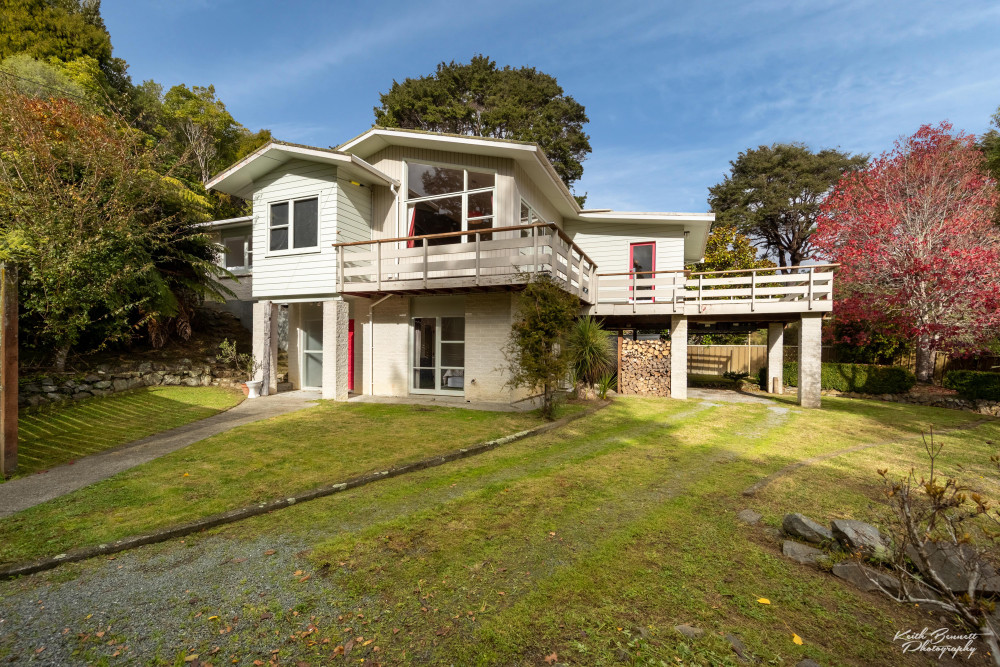
Is selling your house the best option for you?
Hi folks,
Agents often hear home owners say “If I don’t get my price, I’m not selling!” In many cases home sellers don’t have the luxury of holding out for an "in your dreams" figure because they have to sell in order to buy another home to live in. But if the market can’t deliver the price there is another option for those who have the flexibility to take it on.
In some cases it is in the vendor’s best interests to hold onto a property rather than selling for less, especially if they have the borrowing power to own more than one property and turn the unsold home into rental investment income.
Those who are thinking of the rent-and-hold option should consult an accountant or financial planner as well as a real estate agent. They should determine whether the market is stable, climbing or falling – after all, unless prices are on the rise, there is unlikely to be a potential increase in capital gain worth holding out for further down the track. It is important to check out the rental and vacancy rates and the likely income including capital gain against the cost of any loan required to continue holding onto the property.
Many people moving to different areas automatically think “I’m moving so I’m putting my house on the market.” But it is often wise to get to know the state of the market in their new area before letting go of the one they currently live in. Is it possible that property won’t go up as fast in the new location as the old one? Or conversely, might it go up faster? Is the future sufficiently hard to predict that it could it be safer to have a foot in both camps in case they want to return and not find themselves priced out of the market.
Home owners doing the figures and deciding whether it is a better financial choice to hold onto the property rather than sell, should also take into account is whether the property is a good rental proposition. Often high maintenance properties (such as those with pools or large garden) have costs that have to be offset against income. Or the market may not pay the rent the owner thinks it should be worth if it is not the type of property in demand by typical tenants in the area.
Many people buy their first property with the long term strategy that they will never sell.
They choose a property that will be suitable as a rental when they upgrade and go on borrowing and buying properties as a means of wealth creation. This does not require high income or great wealth – simply an understanding of the strategy and some good financial advice.
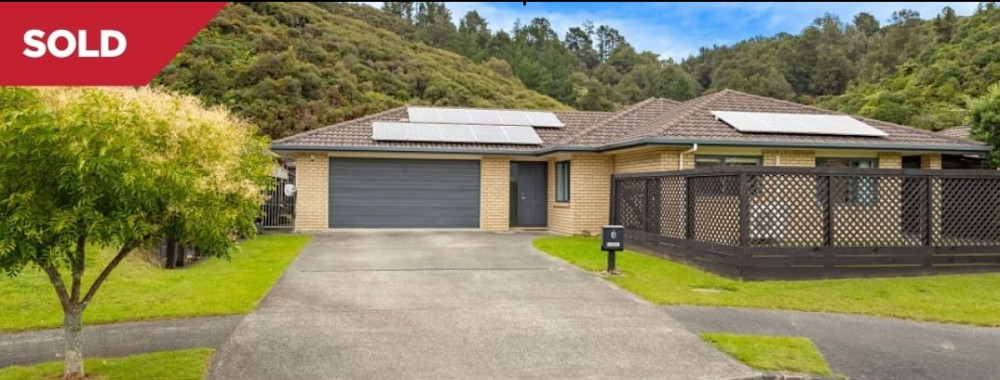
The longer a property is on the market at a given price, the more the sense of competition fizzles out. Purchasers often feel they have plenty of time to make up their minds.
Hi folks,
I have had a number of listings that have attracted offers within a couple of days of coming to market, in 2 instances the first person through the door made an offer. Fortunately these were negotiated successfully but there will be times when this may not happen and that got me thinking.
I understand that no vendor wants to take forever to sell their home. The uncertainty is too stressful, and timelines are sabotaged, but any think that selling early in the marketing program is inevitably selling cheap. So is this true?
Generally most agents say that the hardest sale to make is the one that comes along in the first days of marketing, especially if the vendors are inexperienced. Those who are unaware of the mechanics of the marketing process reason that if Purchaser One is prepared to pay $x in the first week of marketing, then Purchaser Two will pay $x+ next week. They say things like “If the first ad brings in this sort of response, what will the second one bring?” It’s as if price increases with time and exposure.
Many vendors don’t realise that a property attracts the greatest amount of attention when it is first presented.
All the purchasers that have been looking for their ideal home for weeks and months converge eagerly on a new listing. New listings attract numbers and numbers mean competition. Competition creates the climate that generates the highest offers. It creates a sense of urgency in any purchaser who has fallen in love with a property and makes them act quickly in the fear that someone else will snap it up before they do. The longer a property is on the market at a given price, the more the sense of competition fizzles out and the more likely subsequent purchasers are to feel they have plenty of time to make up their minds.
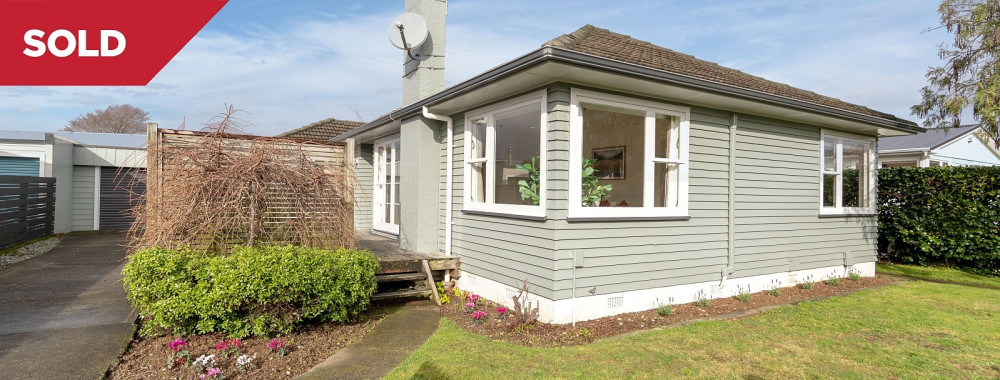
In a deflated market it’s better to trade up.
Hi folks,
This is a particular topic that most of my vendors have heard before: the reason why it’s better to trade up in a deflated market. Many homeowners look at the market and think they have missed the best time to sell their home. They think that it’s smart to wait until the market ‘picks up’ before they get that extra bedroom or the rumpus room they now need for their growing family. Is this really good thinking?
Many homeowners forget what is taking place when they trade up. They fail to take into account that buying a home more expensive than the one they are selling gives them an opportunity to make money on the transaction. If the reason they think it’s ‘not a good time to sell’ is because they ‘will not get a good enough price’ for their home, then the logical next step is to realise that if the market prevents them from getting the price they want, it will also affect the sellers of the property they are trading up to – with a net gain to the person who is trading up. If you are selling a house for $300,000 that you feel should be worth $330,000 and buying one for $400,000 in the same market, then the same would apply to the owners of that home; the more expensive home (working on the same percentage of 10%), should have achieved $440,000. In net figures, the person who is trading up stands to gain $10,000.
In fact, there are other advantages to trading up in a buyers’ market.
Because prices are stable and properties often take longer to sell, once vendors have sold their original property there is no rush to buy. They can take their time choosing and negotiating their next purchase without having to watch the gap between the price they got for their original property and the price they have to pay for their next one increasing at an alarming rate.
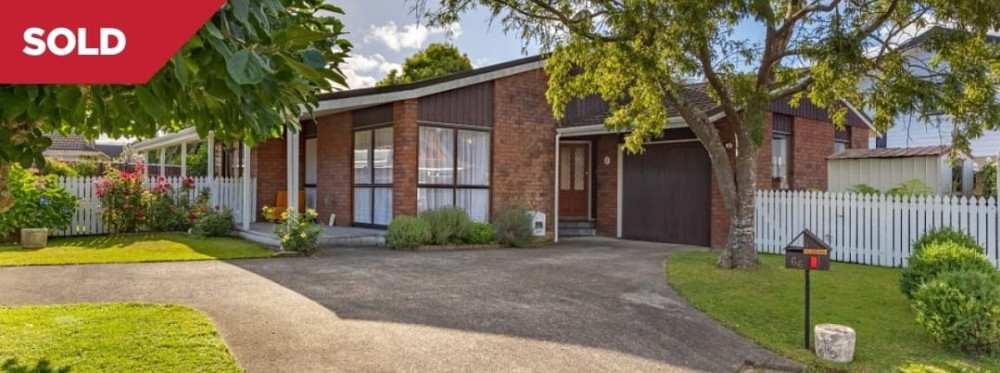
Selling in Winter? Don't forget your exterior!
Hi folks,
I thought I would offer some thoughts on focusing on winter presentation. Many people concentrate on interiors when putting their house up for sale. For good reason, the inside is where purchasers will be living and sleeping. But overlooking the exterior of the house can undo some of the good work home sellers have done inside when they de-clutter, paint and generally pay attention to maintenance.
Purchasers start making judgements from the minute they step out of the car and a bad first impression can stay with them when they go inside. Untidy or damaged gutters, cobwebs or overgrown gardens brimming with weeds, might just make purchasers decide you don’t care about your home and make them wonder how good your attention to detail is in the areas they can’t see such as plumbing and wiring. Cleanliness is important, even people who don’t mind their own dirt and clutter usually notice other peoples. Before putting the house on the market, stand at the curb and have a critical look. This is the first view your purchasers will see. Does it measure up? Here are seven things that are easy to do and will make a difference to the exterior of your house.
- Sweep paths and decks.
- Clean gutters, window frames and eaves.
- Don’t forget to wash outdoor or deck furniture if you have it -in winter it is easy to overlook if you’re not using it like you do in summer. If it is grungy and decrepit, borrow or buy something that suits your home. It’s not expensive in the scheme of things.
- Clear away odds and ends -even those that are lurking in the less visited parts of the garden. Remember purchasers will see EVERYTHING. Old plant pots and broken toys or tool, even the half-finished projects or building materials that look like works in progress to you, all these spoil the look of your house.
- Organise for high pressure hoses to clean mould or moss from brick work or stone.
- Invest in a bit of mulching -it makes garden beds look tidy and the property look nurtured and loved.
- Put in some colour where you know people will notice it. You can use pots if that is easier. Just make sure they are kept watered as drooping plants are worse than no plants at all.
There is no guarantee that with all these things done that the next person viewing will buy but remember you are in competition with a lot of properties and any advantage will help!
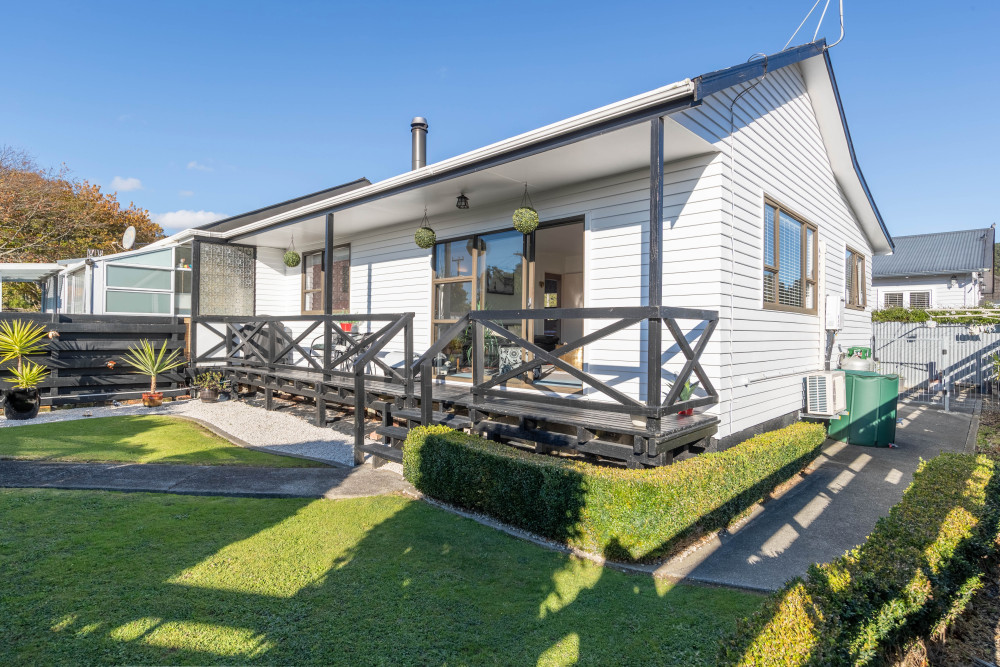
direct contact between vendor and purchaser often results in lost opportunities. Purchasers are often put off the property by too much information too soon.
Hi folks,
Things I have seen over the years in Real Estate that shouldn’t still come as a surprise but do, number 10,344…..I was in conversation with a colleague last week when one topic we chatted about was how some vendors are reluctant to hand over the marketing of their home to an agent. They feel as anxious as parents teaching their teenagers to drive.
Will the agents remember to leave the top lock when they unlock the front door? Will they leave a window open or shut the cat inside? Vendors since time immemorial have anxiously checked and cross checked every detail of the marketing with their agent, and I have to say that it is always good to check, especially if this provides the reassurance they need. But there is a time for vendors to stand back.
Vendors who stick close to prospective purchasers inspecting their home do so with the best of intentions, thinking their knowledge and input are essential. After all, no one knows the home like they do. But their subjective, detailed commentary often has the opposite effect to what it was intended to have. In most cases, direct contact between vendor and purchaser results in lost opportunities, especially when purchasers are put off the property by too much information too soon.
It is not uncommon for vendors to anticipate and answer objections before they are voiced and in so doing highlight negatives purchasers have not even thought of.
For example, vendors conscious of the fact that their home is near a school might say: “We hardly ever hear the children. They’re only outside for half an hour before school, during recess and an hour at lunchtime. It’s nothing.” The purchasers, in reality, might not have paid much attention to the school’s proximity, especially since it is not recess or lunchtime at that moment and because they are still at the stage of picking up a more general impression of the house itself. Their attention is drawn from the general to the specific before their emotional connection with the property is fully established. They are asked to concentrate on features -negative ones at that -at a time when they are still in the initial stages of embracing or rejecting the “feel” of the property. Even if they noticed the school in passing, they may not have thought about the specifics of how that might affect them. And in spite of the school, the house might still be the right home for them, just as it was for the current owner, but if they don’t “connect” with the home and imagine themselves living there before facing the practicalities, they are unlikely to move on to the next stage. Any excitement the house might be generating is lost in the prosaic detail of day-to-day living.
Vendors who hover during inspections can also make buyers uncomfortable. It is harder for them to ask the agent for the very details they do want to know. They are less able to make themselves at home and their attention is sometimes on small talk rather than on the property. And it is much harder to imagine themselves as proud owners while the real owner is busy being proprietorial. Of course it is important for home sellers to be connected with the selling process and even more important that they can see that their agent is doing the right thing on their behalf. The best way to stay involved is to choose an agent they can trust to show their house to the best advantage and one they know will communicate with them every step of the way. Professional agents report that vendors who are kept up-to-date with the details of inspections, experience less stress and better sales outcomes

Hi folks, In response to questions I was asked while I was out over the weekend I thought I would revisit a familiar topic, “selling strategies for a buyers' market”.
Hi folks,
In response to questions I was asked while I was out over the weekend I thought I would revisit a familiar topic, “selling strategies for a buyers' market”. Because, let’s face it, we are definitely in a buyers' market.
In the housing market, the concept of supply and demand – the forces of any marketplace – refers to the ratio of the number of buyers in the market at any given time to the number of houses for sale. In a buyers’ market there are lots of houses for sale competing for a small number of buyers. This means buyers are at an advantage. Properties tend to stay longer on the market, so purchasers have more time to do the research that makes them knowledgeable about exactly what they can get for their money. They have the time and the confidence to try to negotiate hard for a ‘bargain’. In this kind of market, buyers tend to be fussy about standards of maintenance, colour schemes and details that during a sellers’ market they often have to overlook in the race to actually secure a property before the prices rise even higher.
There are two main ways vendors can avoid being stuck with a ‘stale’ property that has been marketed, inspected and left on the shelf.
- Attention to presentation and maintenance issues is important as buyers use any perceived flaw as evidence to support lower offers.
- And my personal favourite, since buyers have time on their side and lots of properties to choose from, vendors should take special care in setting the asking price to that it is competitive rather than off putting. When there are few buyers in the market, vendors can’t afford to hold out for unrealistic prices. The property should be priced to allow a small amount of room for negotiation but not too much or purchasers will simply put it in the too hard basket and move on.
Conversely, in a sellers’ market, vendors can often sell properties that are hard to sell in times when buyers can afford to pick and choose. Of course the question “Is the market good at the moment?’ depends on whether you have a property to sell, or one to buy. In reality, the market is often reasonably balanced between both housing stock levels and buyer numbers as it moves between extremes. And of course, most sellers of one property are buyers of another one at the same time, so that in a buyers’ market, vendors who feel they miss out on the roundabout of the sale should be able to gain on the swings of the next purchase.

Hi folks, In the course of my work I find that realism in pricing is hugely important, the best price may be the soonest sale.
Hi folks,
In the course of my work I find that realism in pricing is hugely important, the best price may be the soonest sale. In New Zealand today many Vendors of residential property are experiencing a falling in the sale prices of their homes. At times like this it is even more important to price property keenly to sell, as ‘waiting for a better price’ often has the opposite result.
It is even more important at times like this for vendors to understand market forces and do their homework on previous selling prices. It is not the time for home sellers to choose as their selling agent the real estate agent who appraises the property at the highest price. It is the time to do sound research on current and projected property values before deciding on an asking price. Vendors who are prepared to be realistic when comparing their property with others that are similar usually sell for the best price in the long run. While no vendor is likely to compare a three bedroom townhouse with a five bedroom family home on a large block, it is surprising how often vendors think of, for example, a three bedroom house with a small sewing room or study as a four bedroom home, even though the floor area of the four bedroom that sold round the corner is greater.
In order to be a more informed client when it comes to strategies for the pricing of their property, vendors should ask their agent what is the average percentage difference between the selling and asking prices of comparable properties sold in the area. It is important to choose a professional agent who bases their opinion of market value on researched facts. While it is true that not all agents will offer this advice, it is equally true that not all vendors want to hear the realistic price range their property will fall into. Many vendors prefer to see agents enter into a competition that forces them to ‘buy’ a listing, secure their property for sale by being prepared to put the highest price on it, regardless of what the property is really likely to achieve, based on actual selling prices, all of which are in the public domain.
Hi folks, As I have a couple of empty properties to sell I thought I might offer some thoughts.
Hi folks,
As I have a couple of empty properties to sell I thought I might offer some thoughts. It’s well known that empty houses usually take twice as long to sell and often sell for less. But why?
It’s hard for an empty house to ooze charm or vitality. And few prospective buyers are good at visualising a house’s charm potential. After all, people don’t buy houses they buy homes. In other words, when they walk into a property for sale, while their heads are looking at features and benefits, their hearts are engaged only when the atmosphere makes them feel at home. If their hearts aren’t engaged, the fact that the features of the property add up on paper rarely makes a sale happen.
Empty houses also make it hard for people to do decide whether their furniture will work. Without chairs or sofas to indicate size and scale, how can they make the translation from their current living room to the one they are looking at? If there are, say, two two-seater sofas, buyers can quickly make comparisons with their own living room without resorting to time-consuming measurements when they are simply trying to form their early impressions.
Uncertainty makes people lose interest, especially if the house isn’t sending out lifestyle vibes that engage their emotions. Above all, when the house is empty, prospective buyers tend to focus on negative details. It is easy to see chips or cracks when there are no paintings, furniture or window coverings to take their attention and camouflage imperfections.
If you have to move out, it’s worth contacting a home styling company whose services include moving in furniture and accessories to make a house look like a home. The costs will be worth it in the long run, as the house will sell faster for a better price. You can even choose colours, furniture and fabrics that target the demographic that is likely to buy your house.Even if you’re just interested in improving the look of your home to enhance its selling potential, styling companies can help you tweak the presentation for maximum impact.

Hi folks, In the housing market, the concept of supply and demand – the forces of any marketplace – refers to the ratio of the number of buyers in the market…
Hi folks,
In the housing market, the concept of supply and demand – the forces of any marketplace – refers to the ratio of the number of buyers in the market at any given time to the number of houses for sale. In a buyers’ market there are lots of houses for sale competing for a small number of buyers. This means buyers are at an advantage. Properties tend to stay longer on the market, so purchasers have more time to do the research that makes them knowledgeable about exactly what they can get for their money. They have the time and the confidence to try to negotiate hard for a ‘bargain’. In this kind of market, buyers tend to be fussy about standards of maintenance, colour schemes and details that during a sellers’ market they often have to overlook in the race to actually secure a property before the prices rise even higher.
There are two main ways vendors can avoid being stuck with a ‘stale’ property that has been marketed, inspected and left on the shelf.
The first is attention to presentation and maintenance issues is important as buyers use any perceived flaw as evidence to support lower offers. The second and my personal favourite, since buyers have time on their side and lots of properties to choose from, vendors should take special care in setting the asking price to that it is competitive rather than off putting. When there are few buyers in the market, vendors can’t afford to hold out for unrealistic prices. The property should be priced to allow a small amount of room for negotiation but not too much or purchasers will simply put it in the too hard basket and move on.
Conversely, in a sellers’ market, vendors can often sell properties that are hard to sell in times when buyers can afford to pick and choose. Of course the question “Is the market good at the moment?’ depends on whether you have a property to sell, or one to buy. In reality, the market is often reasonably balanced between both housing stock levels and buyer numbers as it moves between extremes. And of course, most sellers of one property are buyers of another one at the same time, so that in a buyers’ market, vendors who feel they miss out on the roundabout of the sale should be able to gain on the swings of the next purchase.
